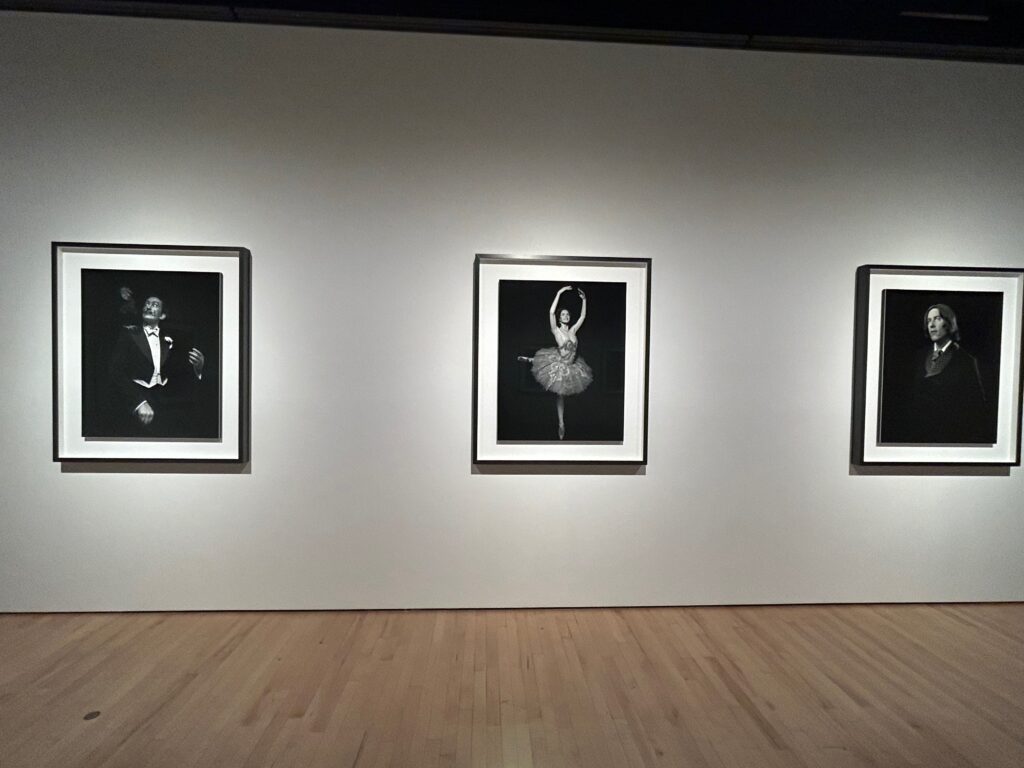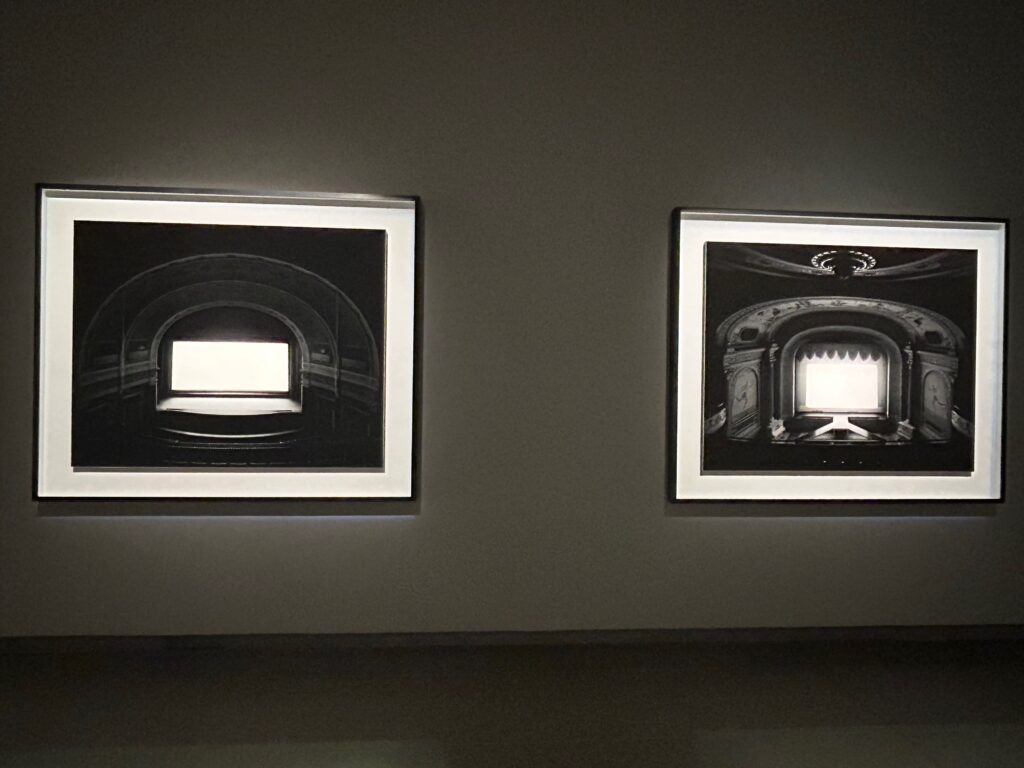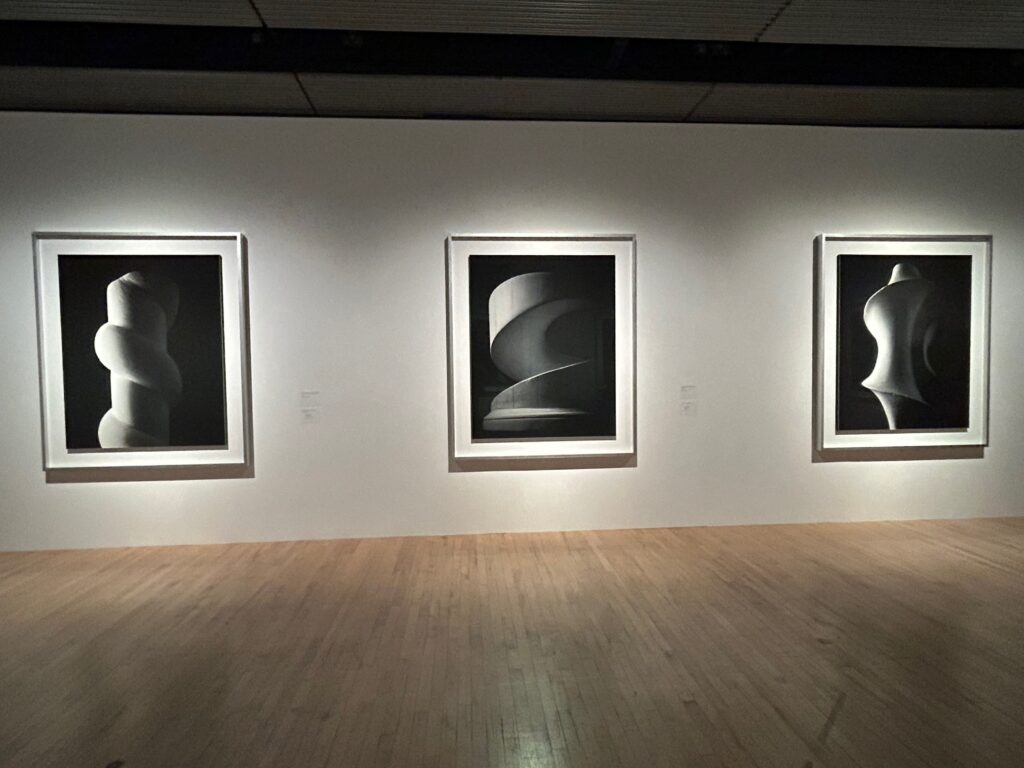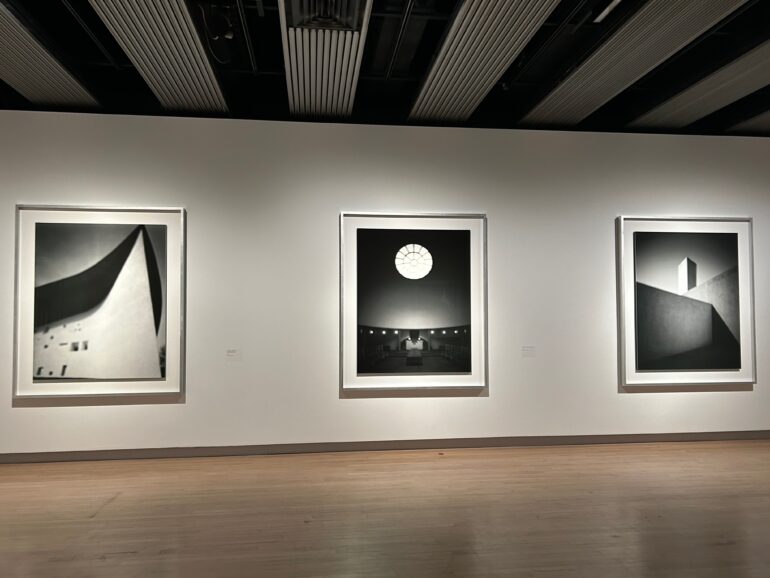An important retrospective of Japanese Master of Photography Hiroshi Sugimoto has opened at the Hayward Gallery on London’s South Bank: ‘Hiroshi Sugimoto: Time Machine’ is the largest survey show to date of the internationally renowned artist. Whilst best known as a photographer, Sugimoto has carved out a critically-acclaimed career as a photographer, recently adding artistic director, architecture and sculpture to his multidisciplinary practice.The exhibition is curated by Hayward Gallery Director Ralph Rugoff with Assistant Curators Thomas Sutton and Gilly Fox, and Curatorial Assistant Suzanna Petot.

During a period of half century, Sugimoto has created some of the most alluringly enigmatic photographs of our time: pictures that are precisely crafted and deeply thought-provoking, familiar yet tantalisingly ambiguous. Featuring key works from all of the artist’s major photographic series, this survey will highlight the artist’s philosophical yet playful inquiry into our understanding of time and memory, and the ambiguous character of photography as a medium suited to both documentation and invention.
‘Time Machine’ commences with a selection of Sugimoto’s monochrome photographs of natural history dioramas, which he created as a comment on the ‘fragility of existence’. Sugimoto began the Dirorman series and they have a heightened poignancy now as we live through a troubling time of accelerated climate change.

The exhibition also includes lesser-known works that illuminate the artist’s interest in the history of photography as well as in mathematics and optical sciences. Sugimoto often works with a large-format wooden camera and mixes his own chemicals in the darkroom where he develops his prints by hand. His practice is rooted in 19th century photographic techniques, including subjects such as dioramas, wax figures and architecture. In the process, his work has stretched and rearranged concepts of time, space and light that are integral to the medium.
Highlights of the Hayward Gallery exhibition are Sugimoto’s Theaters series(1976 – ), a collection of cinematic large-scale black and white images captured of empty movie palaces, theatres and drive-ins, captured by the artist using entire films with a single long exposure. And his enchanting Seascapes (1980 -) show endless expanses of sea and sky, seemingly unspoiled by the trace of human existence. As Sugmito explains, the sea and sky “…are before human beings and after human beings.”
Hiroshi Sugimoto says: “The camera is a time machine capable of representing the sense of time… The camera can capture more than a single moment, it can capture history, geological time, the concept of eternity, the essence of time itself… The more I think about that sense of time, the more I think this is probably one of the key factors of how humans became humans.”

Ralph Rugoff, Director of the Hayward Gallery, adds:“Hiroshi Sugimoto is a brilliant visual poet of paradox, a polymath postmodern who embraces meticulous old school craftsmanship to produce exquisite, uncanny pictures that reference science and maths as well as abstract art and Renaissance portraits. Juggling different conceptions of time, and evoking visions ranging from primordial prehistory to the end of civilisation, his photographs ingeniously recalibrate our basic assumptions about the medium, and alter our sense of history, time and existence itself. Amidst all his peers, his work stands apart for its depth and striking originality of thought.”
Also featured in the exhibition are Architecture (1997 – ), a series of deliberately out-of-focus studies of iconic modernist buildings, ranging from the Eiffel Tower to the Twin Towers – and his Portraits (1999) series of Madame Tussauds’ wax models of iconic historical figures including Queen Elizabeth, Oscar Wilde, Princess Diana and Salvador Dali. By photographing the wax figures in black and white, Sugimoto creates an eery real-ness, explaining: “However fake the subject, once photographed, it’s as good as real.”
A final section of Hiroshi Sugimoto: Time Machine exhibits photographs that evoke different notions of timelessness, including his Sea of Buddha (1995) series, which portrays an installation in a 12th century Kyoto temple featuring 1000 gilded wooden statues of Buddha; and Lightning Fields (2006 – ), spectacular camera-less photographs created by exposing sensitised paper to electrical impulses produced by a Van der Graaf generator.
The exhibition concludes with a gallery dedicated to Sugimoto’s Opticks (2018 – ), intensely coloured photographs of prism-refracted light that draw inspiration from Newton’s research into the properties of light.
Alongside his photographs, two of Sugimoto’s elegantly contoured and polished aluminium sculptures are presented, alluding to both mathematical equations and the abstract forms favoured by modernists such as Constantin Brâncuși.

Born and raised in Tokyo, Japan, Hiroshi Sugitmoto divides his time between Tokyo and New York City. Studying economics and Western philosophy, he received a B.A. from St. Paul’s University in Tokyo in 1970, and in 1974 obtained a B.F.A. in photography from Art Center College of Design in Los Angeles. Over the past five decades, his photographs have received international acclaim and have been presented in major institutions across the globe. His work is also represented in major public collections, including the Metropolitan Museum of Art, New York; Centre Georges Pompidou, Paris; Museum of Modern Art, New York; National Gallery, London; Smithsonian Institution, Washington, D.C.; and Tate Gallery, London. The artist has received many notable awards, including Japan’s prestigious Praemium Imperiale Award (2009), the Royal Photographic Society’s Centenary Medal (2017) and the National Arts Club Medal of Honor in Photography (2018).
Hiroshi Sugimoto: Time Machine is at the Hayward Gallery, Southbank Centre, Belvedere Road, London SE1 8XX until7 January 2024 and is set to tour internationally in 2024.
Instagram: @hayward.gallery



